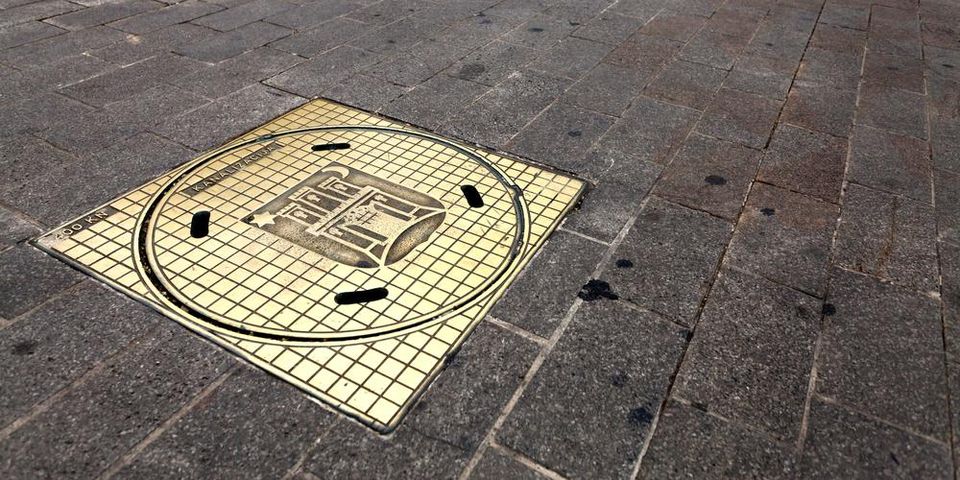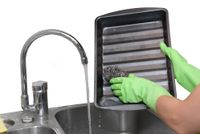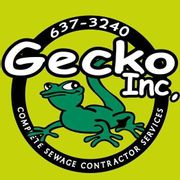4 Tips to Ensure Your Next Grease Trap Cleaning Goes Smoothly

Grease traps are primarily used in local restaurants to collect junk that gets rinsed off plates, pots, and other dishes. While effective on their own, several best practices must be followed for these products to continue functioning correctly. That’s where Gecko Enterprises of Oahu, HI, comes in. Here, they discuss four tips for ensuring your next grease trap cleaning goes smoothly.
4 Tips to Ensure Your Next Grease Trap Cleaning Goes as Planned
Encourage Staff to Limit Grease Dumping
 One of the main reasons professionals are called is because too much grease has been allowed down the drains. These systems can only handle so much liquid, and if the employees in your restaurant aren’t made aware of this potential issue, you could be faced with a number of grease trap pumping and repair bills.
One of the main reasons professionals are called is because too much grease has been allowed down the drains. These systems can only handle so much liquid, and if the employees in your restaurant aren’t made aware of this potential issue, you could be faced with a number of grease trap pumping and repair bills.
Recycle Used Cooking Oil
Don’t just dump out the cooking oil you use throughout the day—this will only result in a backed-up grease trap. Instead, call an oil recycling company that can haul it away for future use, and you won’t have to worry about it damaging your company’s grease trap.
Schedule Regular Grease Trap Cleaning Appointments
The frequency of these appointments depends on the size of your grease trap. Smaller products require more frequent cleanings, while larger containers can function awhile longer before they need to be pumped. Check with your local grease trap pumping professionals to determine when you should schedule your next appointment.
Maintain Detailed Grease Trap Records
It’s always a good idea to know what’s been done to your grease trap over the years. This will help you determine when an inspection should be performed, or when the next cleaning needs to be set up. With this in mind, start compiling detailed records of your grease trap issues and appointments for future reference.
About the Business
Have a question? Ask the experts!
Send your question

